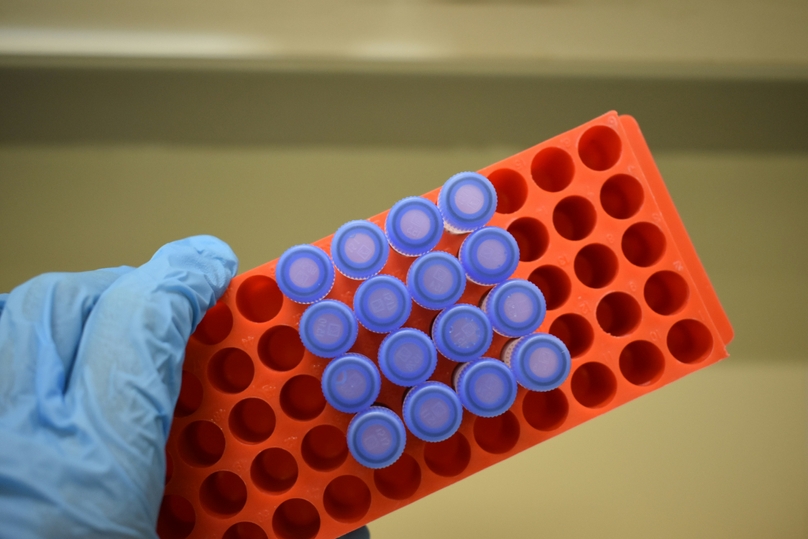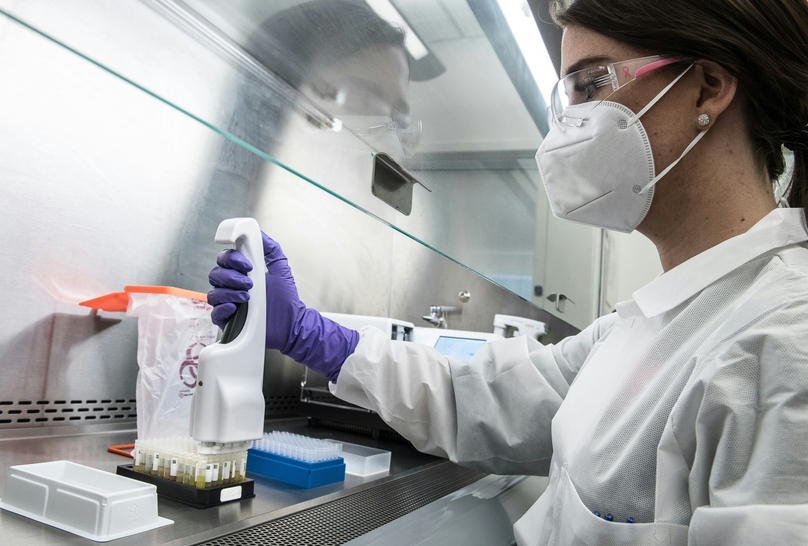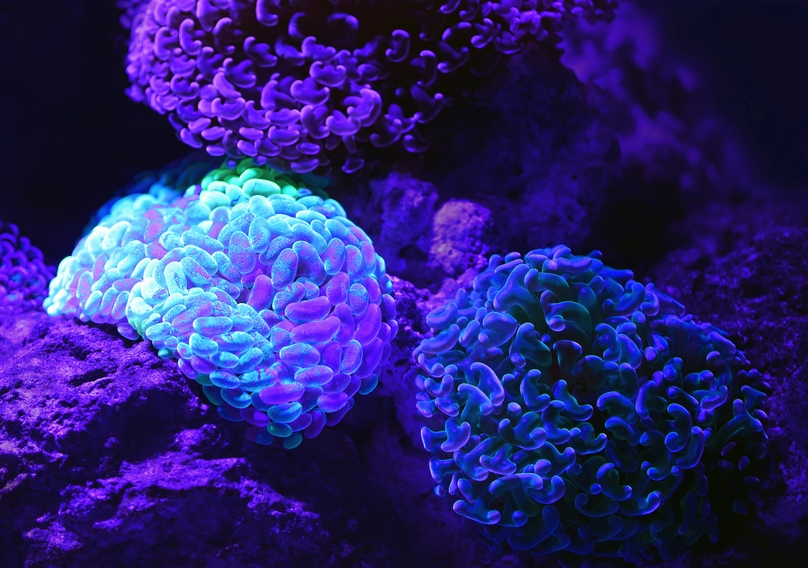What Does Proper Cell Storage Look Like?
The preservation of biological cells allows for clinical testing and storage, and the transportation of cell samples between clinical locations. The safest and most common method of cell storage is cryopreservation.
Cryopreservation involves maintaining the integrity of cell samples in a freezing medium at very low temperatures. During this process, cell samples are maintained in special storage systems, like ultra low freezers. Cryoprotective agents are then used to protect samples of different cell types and reagents, and prevent damage to cell structures during cooling and rewarming.
Proper cell storage is crucial for preserving cells for future use in many areas including:
- Clinical trials
- Cell therapy
- Stem cell storage
- Umbilical cord blood banking
- Fertility preservation
Cryopreservation Explained
The process of cryopreservation uses liquid nitrogen to lower sample temperatures down to -196 °C. This slows down the biochemical processes within the cell thus preventing damage and cell death.
To protect cell lines from mechanical damage due to dehydration, cells are typically stored in a programmable freezer to regulate the rate of freezing and prevent the formation of ice crystals within the cell. This enables laboratories to maintain cell viability while keeping samples frozen for long-term storage.
How Is Cell Storage Done in a Lab?
Cryopreservation is a delicate process and must be done accurately to maintain the integrity of cell samples. Typically, cryoprotectants DMSO (Dimethyl Sulfoxide) are added to the cell media and serum at a specific ratio to prevent toxicity and dehydration. This allows cell freezing with liquid nitrogen to extremely low temperatures in programmable freezers. Because the cells are frozen at a controlled rate, the risk ice crystals forming within the cells is eliminated.
During thawing, the cell sample is warmed in a water bath at 37°C for no longer than two minutes. The cells are then bathed in culture media. This removes any remaining cryoprotectants and restores their original condition.
Cell Types That Labs Can Store
Different types of cells can be stored for many different reasons, such as preserving them for future therapies, fertility, or clinical research. Here are some of the most commonly stored human cell lines.
Mesenchymal Stem Cells
Mesenchymal stem cells (MSCs) are adult stem cells usually found in bone marrow, though they may be extracted from other sources such as cord blood. They are a form of multipotent stem cells. This means that they can develop into one of several types of cell, such as:
- Cartilage cells
- Bone cells
- Muscle cells
- Fat cells
- Skin cells
- Corneal cells
Mesenchymal stem cells are used in regenerative medicine where they have a number of therapeutic uses including the treatment of cancer, diabetes, certain neurological disorders, and cartilage and bone diseases. They can also be used in clinical trials to develop new treatments.
Pluripotent Stem Cells
Pluripotent stem cells are master cells, which means that they have the ability to self-renew and differentiate into other specific cells types. They are acquired through bone marrow aspiration. Pluripotent stem cells have a growing range of uses in regenerative medicine and research in different fields of science.
Stem cell banking is the process of acquiring pluripotent stem cells from the human body and storing them cryogenically for future therapeutic use. Potential use for this type of stem cell includes:
- Increasing understanding of diseases
- Treating diseases for which there are currently no cures
- Creating new cells or tissue
- Testing new drugs for effectiveness
T Cells
T cells (a type of white blood cell) are an important part of the human immune system. They are produced in the body’s bone marrow, from stem cells and circulate throughout the lymphatic system. T cells are primarily used to help fight infections.
They can be frozen cryogenically and stored in a programmable freezer in the lab. T cells can be used in CAR T cell therapy for treating certain types of cancer, such as leukemia.
Red Blood Cells
Like many other types of cells, red blood cells are formed in human bone marrow. They play a vital role in blood transfusion. They can be cryogenically stored with a shelf life of up to ten years. Storage of cells has several benefits in such cases as:
- People with rare blood types who need a transfusion
- In instances of organ transplantation
- Patients with adverse antibody problems
- Use for injuries caused by natural disasters or wars
Cell Storage FAQ
Cryogenic cell preservation plays an important role in clinical research and treatment development. Here are some frequently asked questions related to cell storage.
What Are the Advantages of Cell Storage?
The main purpose of cryogenic cell storage is to preserve a stock of cell lines that are available at all times. The main advantages of this type of cell storage are:
- Enables long term storage of delicate cell lines
- Prevents deterioration or contamination of cells
- Allows for clinical trials to research disease and cures
- Provides biological materials for cell therapy
What Are the Future Uses of Stem Cells?
Over the past ten years, stem cell research has become very promising and is rapidly advancing. We are already seeing stem cell therapy used in the treatment of sickle cell anemia and leukemia, and recently for children with severe immune system disorders.
It is difficult to predict the wide potential of stem cell therapies in the future, but research has shown they may unlock treatments for many currently incurable diseases. This is one of the reasons many new parents are choosing to store umbilical cord blood so that their children have treatments for diseases they may encounter in later life.
Stem cell research has already given us a glimpse of potential treatments for:
- Macular degeneration
- Heart disease
- Diabetes type 1
- Parkinson’s disease
- Alzheimer’s disease
- Multiple sclerosis
How Do I Manage the Storage of Cells?
Cell lines are valuable tools in life science research. For this reason, labs need to be able to accurately track inventory, cell line data, and item type throughout their lifetime in the lab and throughout their distribution to the end-user.
Because of the complexity of this data, spreadsheets are an inadequate format. Lab management software (LIMS), on the other hand, is designed to handle cell data, inventory, and tracking in a streamlined process.
Manage Cell Storage in Your Lab with Genemod
Genemod has developed an inventory management software solution that captures every bit of information related to your freezer’s contents. By allowing you to customize your virtual interface, you can design a virtual freezer that matches its physical counterpart exactly.
Genemod provides you with automated data entry, activity logs, and bookmarks at your fingertips, making it easy to record sample lineage as new banks are set up, so you can trace all cell lines. All samples are described using consistent terminology so it’s easy to locate, manage, and share data.
Having a centralized digital sample bank provides the most efficient and cost-effective way to manage and maintain stored cell samples. Tracking and maintaining inventory in this way means that your team members can search and request cell lines without having to rely on inventory managers, saving time, reducing errors, and ensuring safety.
Contact Genemod today to find out more about how we can help you optimize your cell storage.


















